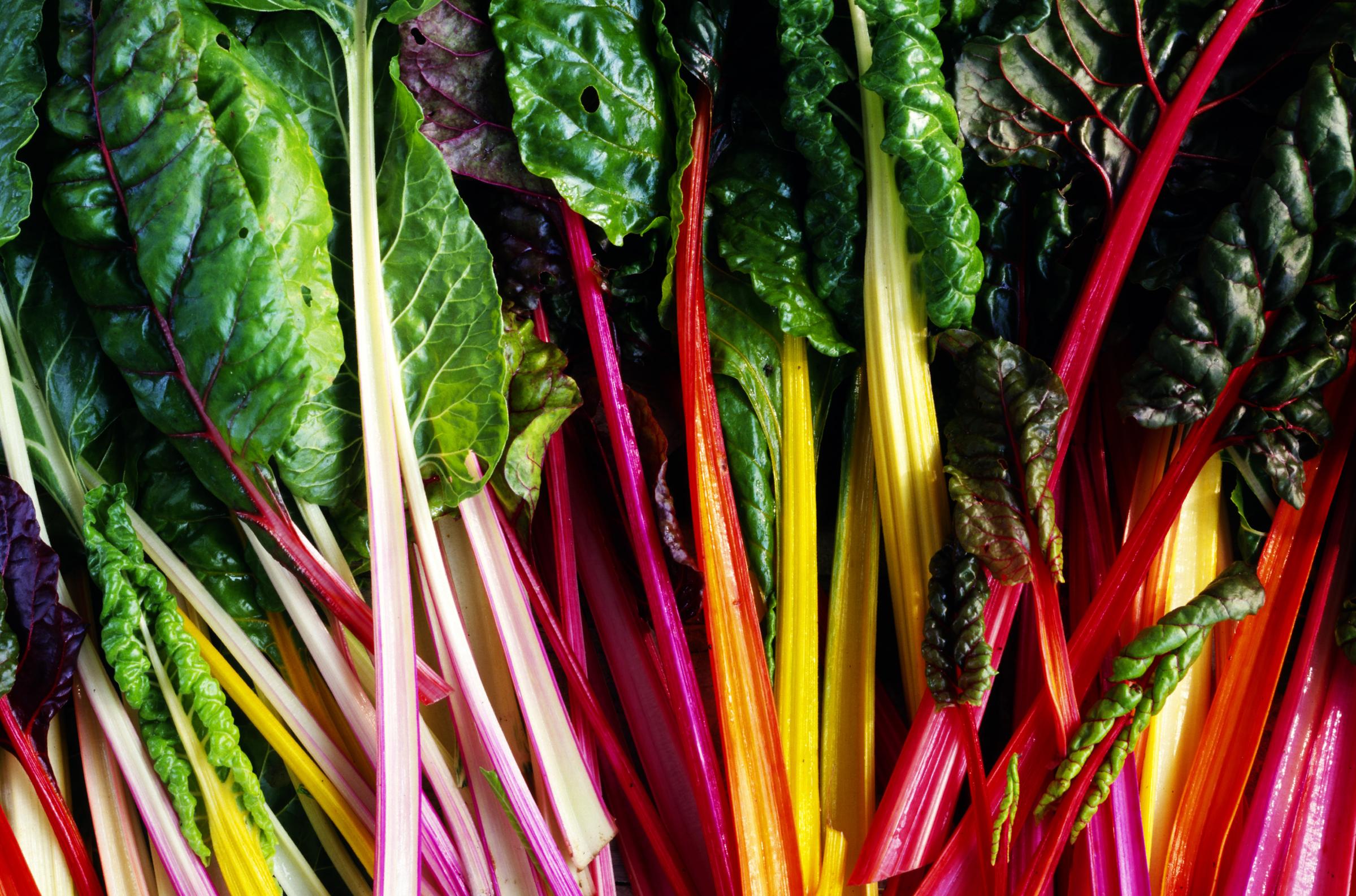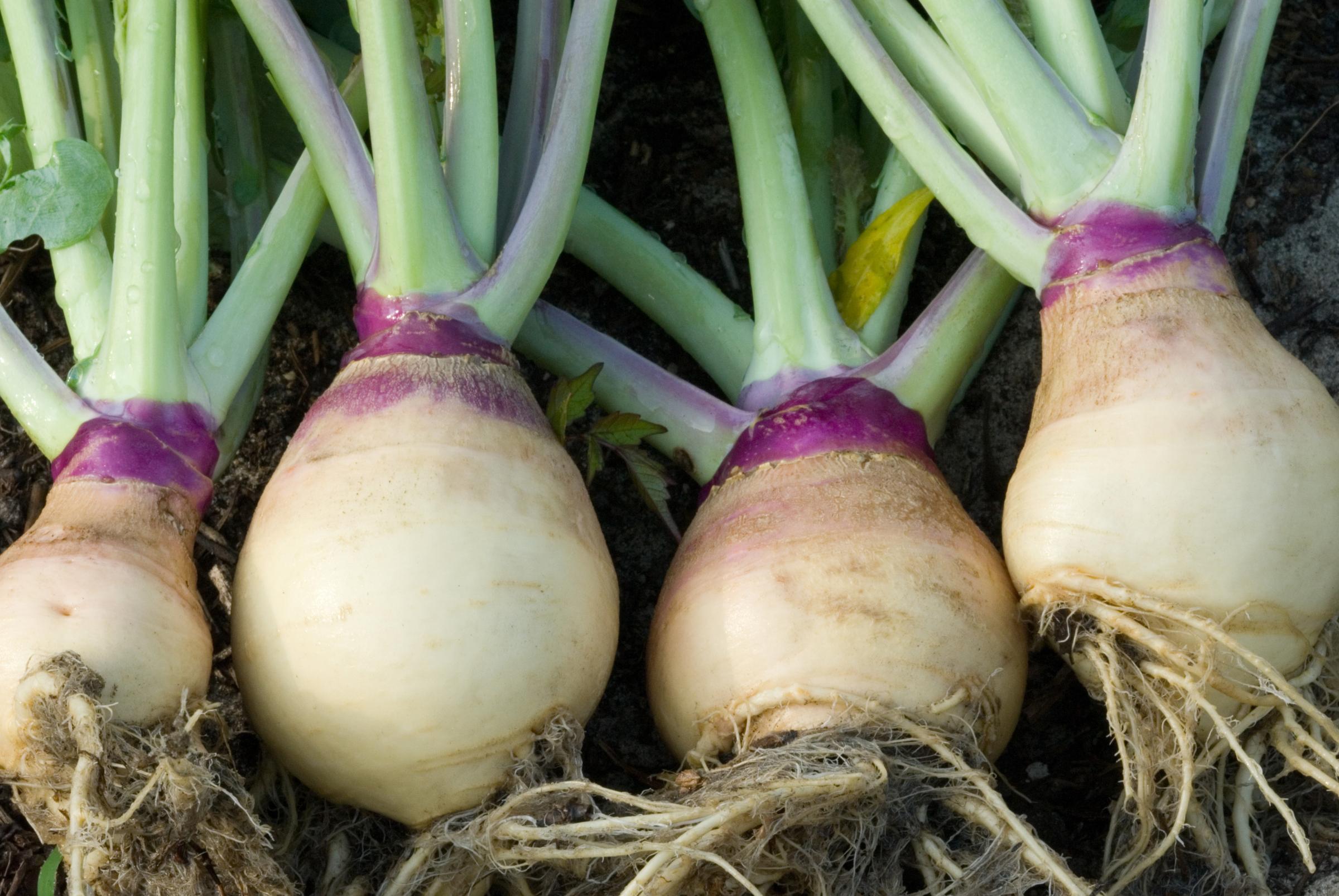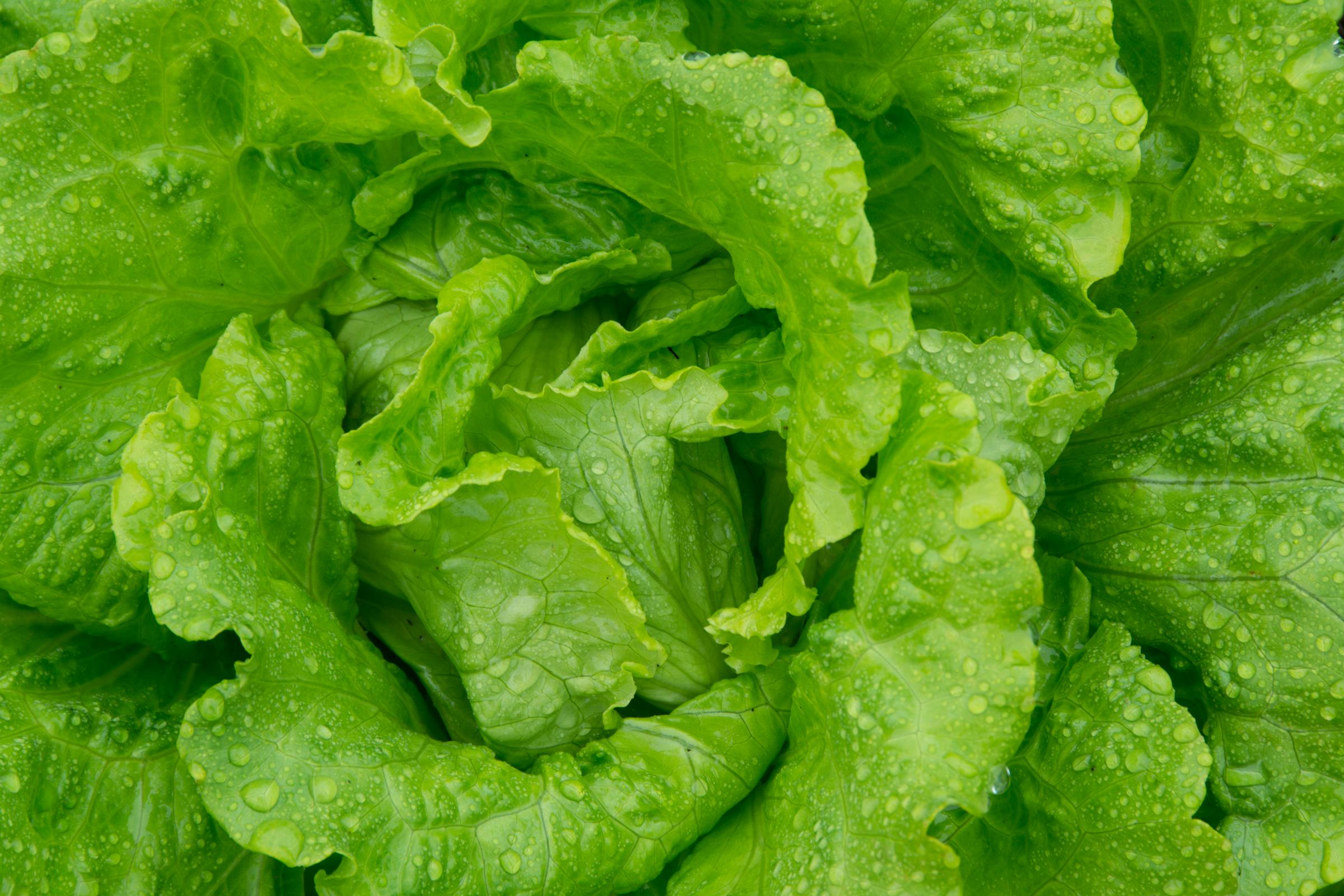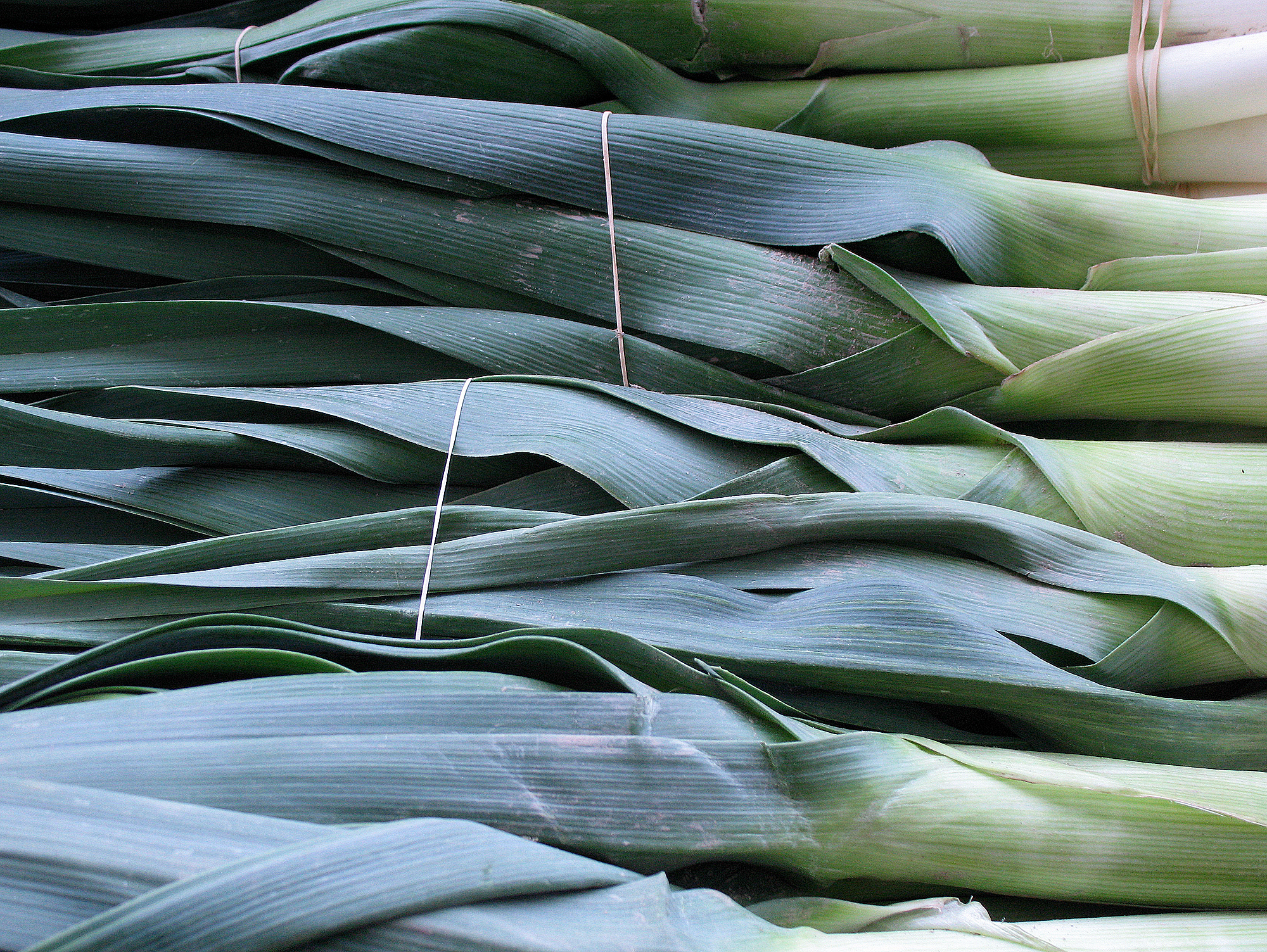Two federal agencies on Wednesday called for a 50% reduction in food waste in the United States by 2030 and announced a partnership with charities and private sector organizations to cut waste.
The announcement by the U.S. Department of Agriculture and the Environmental Protection Agency comes in advance of a discussion of sustainability at the United Nations in New York City next week.
“Let’s feed people, not landfills,” said EPA Administrator Gina McCarthy in a press release. “Today’s announcement presents a major environmental, social and public health opportunity for the U.S.”
Read more: Here’s How To Cut Down On Food Waste
The average American household of four wastes more than two million calories of food with a value of nearly $1,500 each year, according to the USDA. In total, nearly a third of the food supply goes to waste. At the same, nearly 50 million Americans live in food insecure households. Wednesday’s announcement was billed as the latest in a slew of initiatives to change these trends.
Food waste reduction efforts also help in the fight against climate change. Organic matter that winds up in landfills eventually creates methane gas, a greenhouse gas that accelerates global warming.
5 Foods That Taste Better in September Than They Will All Year





More Must-Reads from TIME
- Cybersecurity Experts Are Sounding the Alarm on DOGE
- Meet the 2025 Women of the Year
- The Harsh Truth About Disability Inclusion
- Why Do More Young Adults Have Cancer?
- Colman Domingo Leads With Radical Love
- How to Get Better at Doing Things Alone
- Michelle Zauner Stares Down the Darkness
Write to Justin Worland at justin.worland@time.com